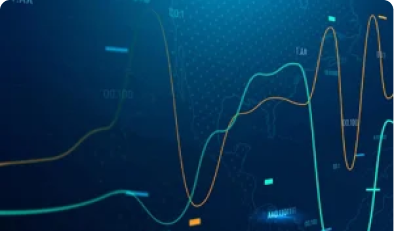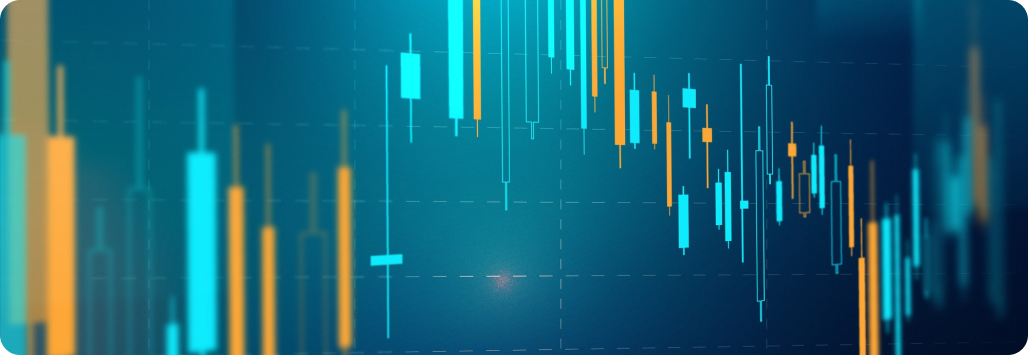Unlocking the World of Private Fund Reports: A Guide for LPs
 Navigating Private Equity Reports:
Navigating Private Equity Reports:
Are you an investor in Private Equity or Venture Capital funds, but find yourself overwhelmed by the maze of financial reports?
Whether you’re a seasoned Limited Partner (LP) or just stepping into the private markets, understanding the key reports your General Partners (GPs) send your way is crucial for navigating your investments effectively.
In this guide, we’ll break down the four essential reports every LP should know. Let’s jump in!
 Call and Distribution Notices: The Transactional Pulse of Your Investment
Call and Distribution Notices: The Transactional Pulse of Your Investment
One of the unique aspects of private market funds is how capital is managed over time. Rather than a one-time transaction, GPs call LP commitments, and distribute back the proceeds, as needed. Calls are made to fund new investments, pay fees, or cover fund expenses, while distributions occur when GPs exit investments, returning capital and profits to LPs. Think of these notices as the "transaction alerts" of the private market world.
These notices detail:
- The reason for the call or distribution
- The amount involved
- The payable date
- A breakdown of the amount into components like investments, fees, or returns
- The residual commitment once the notice has been settled
Since these notices are closely tied to deal activity, their timing can be unpredictable. However, over a fund’s life, LPs can typically expect between 30 to 60 notices, with most calls occurring during the early “investment period” and distributions happening later in the “harvesting period.”
 Capital Account Statements (CAS): Your Investment’s Balance Sheet
Capital Account Statements (CAS): Your Investment’s Balance Sheet
While call and distribution notices keep you informed on transactions, Capital Account Statements (CAS) provide a snapshot of your position in the fund at a specific point in time (typically at the end of each quarter). Imagine these as your personal balance sheet within the fund, showing your commitment, what’s been called, what remains unfunded, and the latest value of your investment.
Key metrics to track in your CAS include:
- Commitment: The total capital you’ve pledged to the fund
- Total Called: The amount already drawn by the GP
- Unfunded Commitment: The remaining capital that can still be called, i.e. committed minus called capital
- Total Distributed: The capital returned to you so far
- Residual NAV: The current fair market value of your stake in the fund
CAS are more than just a summary of previous notices — they offer additional insights, particularly regarding Net Asset Values (NAVs). These statements are typically issued at the end of each quarter, with a lag of 45 to 90 days.
 Quarterly Reports (QRs): A Deep Dive into Fund Performance
Quarterly Reports (QRs): A Deep Dive into Fund Performance
While CAS give you the financial highlights, Quarterly Reports (QRs) reveal the story behind the numbers. These reports are the heartbeat of your investment, detailing the portfolio’s composition, performance, and strategy.
A typical QR will include:
- Fund performance metrics: net and gross Internal Rate of Return (IRR), Total Value to Paid-In (TVPI), and Distributions to Paid-In (DPI)
- An investment schedule: a detailed table listing all portfolio companies, including how much has been invested, how much has been returned, and the current valuation of remaining stakes
- In-depth information on each portfolio company: financials, investment thesis, recent developments, and more
Like CAS, QRs are usually produced quarterly and are released within a 45 to 90-day window.
 Financial Statements (FS): The Comprehensive Overview
Financial Statements (FS): The Comprehensive Overview
To truly grasp the financial health of the fund, Financial Statements (FS) are indispensable. While CAS focus on your individual position, and QRs on portfolio performance, FS provide a full account of the fund’s assets, liabilities, and operations.
There are two primary components to review:
- Balance Sheet: This gives a comprehensive view of the fund’s assets (including portfolio companies, cash, and receivables) and liabilities (like debts to LPs and third parties).
- Statement of Operations: This summarizes the fund’s income and expenses, breaking down management fees, fund expenses, capital returns, and gains.
FS are typically issued quarterly, with a similar delay as CAS and QRs.
 Closing Thoughts: Empowering Your Investment Decisions
Closing Thoughts: Empowering Your Investment Decisions
Understanding these reports isn’t just about staying informed—it’s about empowering your investment decisions. Each report offers a unique perspective on the fund’s performance and your position within it. By staying on top of these documents, you’re better equipped to engage with your GPs, assess your portfolio’s health, and make informed decisions about future commitments.
In the complex world of private markets, knowledge is your greatest asset. Use these reports as your roadmap, and you’ll navigate your investments with confidence.
GET THE REPORTS SAMPLES IN XLSX:
Related Blogs
Related blogs will be available soon
Subscribe for the
exclusive Updates!
Heading 1
with a request body that specifies how to map the columns of your import file to the associated CRM properties in HubSpot.... In the request JSON, define the import file details, including mapping the spreadsheet's columns to HubSpot data. Your request JSON should include the following fields:... entry for each column.




